By: Paul Douglas
"Paul,
shut your overheated pie-hole. This is just a natural cycle – it was
even HOTTER back in the 30s!" Really? Thank you for that cogent
observation. But you're wrong. Keeping a global overview is challenging,
but necessary. Are you looking at peer-reviewed science? The trends are
highlighted in a must-read Bill McKibbon article at Rolling Stone:
3,215 U.S. high-temperature records in June, warmest May on record
Northern Hemisphere, and the 327th consecutive month of GLOBAL
temperatures warmer than the 20th century average? McKibbin estimates
the odds of all 3 occurring by simple chance at 3.7 x 10-99, "a number
considerably larger than the number of stars in the universe." Find that
article online and read it - you'll understand why climate scientists
are worried we're sleep-walking into a global emergency.
The
worst of the heat stays just south of Minnesota into next week, a
streak of highs near 90 - maybe mid 90s Monday. Hot enough. A few
T-storms may flare up, but timing them is impossible, so I won't even
try.
34 per cent of
Minnesota is now in moderate drought, up from 24 per cent last week.
Suddenly those random storms don't look quite so bad. We need some rain.
_____________________________________________________________________________________________
Todd's Conservation MN Outlook for the Twin Cities and all of Minnesota:
SATURDAY: Unsettled across southern Minnesota with a few thunderstorms as a front sags into southern Minnesota. Dew point: 63. Winds: Turning N 5-10mph. High: 89.
SATURDAY NIGHT: Boundary stalls in extreme southern Minnesota, a few rumblers possible in the southern third of the state overnight.. Not as humid to the north with few clouds. Low: 69.
SUNDAY: Front lifts back north early with a slight chance of thunderstorms early. Dew point: 66. Winds: SSE 10-15. High: 92
MONDAY: Another very warm and unsettled day. with Intervals of sticky sun. Low: 74. High: 93
TUESDAY: Still summery with a slight chance of thunder.. Low: 71. High: 90
WEDNESDAY: Sweaty with a few storms. Low: 74. High: 90.
THURSDAY: Warm streak continues... passing thundershower potential. Low: 72. High: 90.
FRIDAY: A slight break in the heat? Lingering afternoon shower or brief storm. Low: 70. High: 86.
____________________________________________________________________________________________
National Light Show
Thunderstorms across parts of the nation have created quite a light show, take a look at some of the spectacular images below.
(Photo Below Courtesy: photographer Michael Kitchen via Bowling Green Hot Rods FB page)
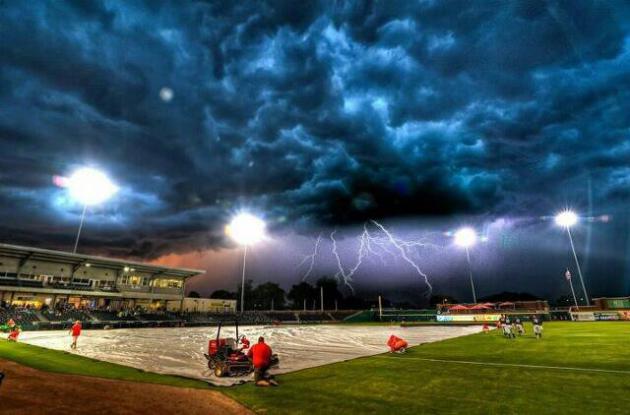
(Photo Below Courtesy: John W. Fitzwater from Somerset, KY)
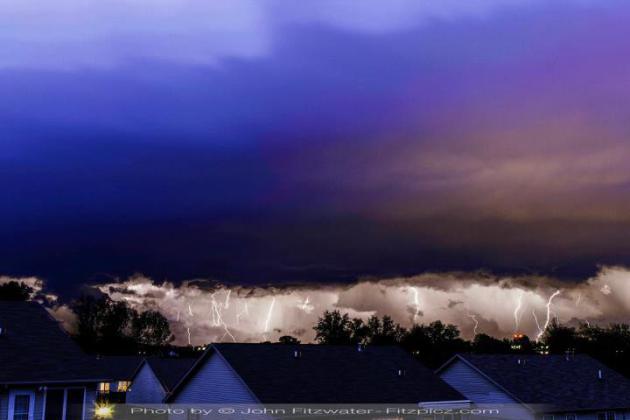
(Photo Below Courtesy: Christina Karnitz from Clarksville, TN)
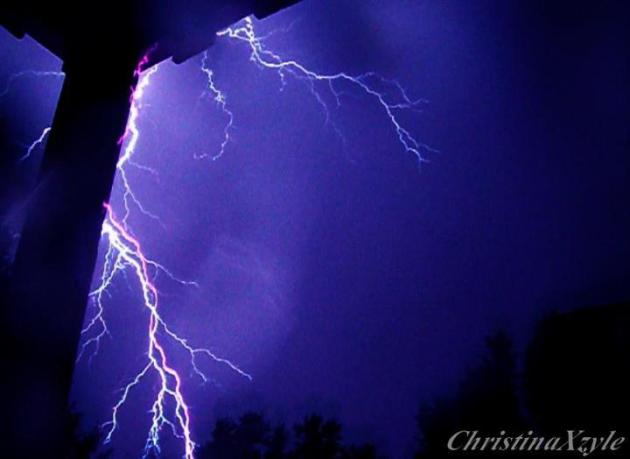
(Photo Below Courtesy: Chad Whitlock from Putney, VT)
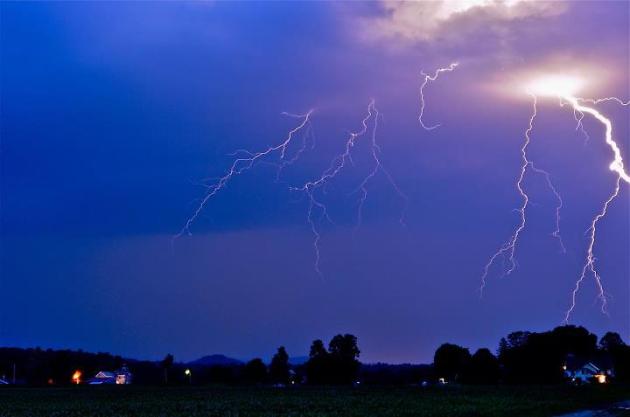
Updated MN Drought Conditions
Every
Thursday the U.S. Drought Monitor releases their newest drought map...
July 19th revealed that 62% of the state was abnormally dry including
parts of the west metro. Nearly 15% more of the state is considered to
be abnormally dry than last week and now even SEVERE DROUGHT conditions
are showing up in far northwestern and far southwestern Minnesota.
Topsoil moisture across 53 percent of Minnesota's landscape is said to be Short or Very Short. The state's corn is now pollinating. Water stress during this critical period of the corn growing season inhibits corn yield potential.
Stream flow measurements at reporting stations in the driest areas of the state rank at or below the 10th percentile when compared with historical data for the date.
The drought situation in northwest Minnesota is the result of a dry autumn, a snow-sparse winter, and a dry growing season (maps below). The moisture deficits in southern Minnesota developed rapidly due to very hot and very dry conditions over the past few weeks (maps below)."
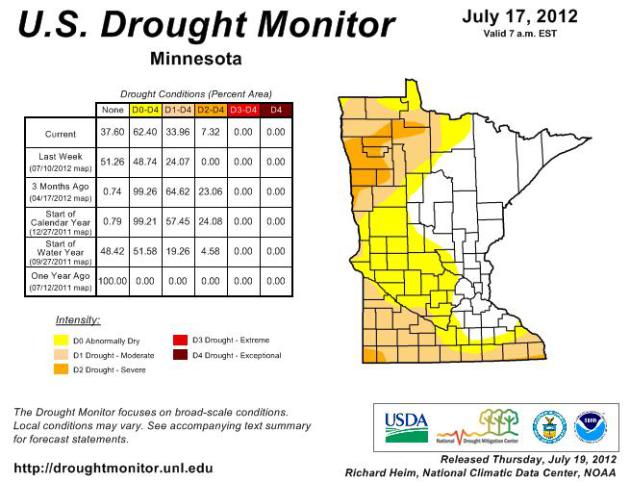
Precipitation From Normal April 1st - July 16th
No
wonder why drought conditions are popping up across the state... take a
look at the total precipitation departure from normal graphic below. It
is indicating that from April 1st - July 16th, some folks in
northwestern Minnesota are nearly 6" behind normal. Meanwhile, the
monster flooding near Duluth, MN in late June has folks there nearly 12"
or more above normal during that time frame.

Drought 2012
On
a regional basis, the drought worsens dramatically as you head south...
in fact, there are EXTREME to EXCEPTIONAL drought conditions there. In 3
months, the area below has seen abnormally dry conditions balloon
nearly 45% to almost 86% of the area. 3 months ago, there were no severe
drought conditions (RED) and now there is a 12% coverage area.
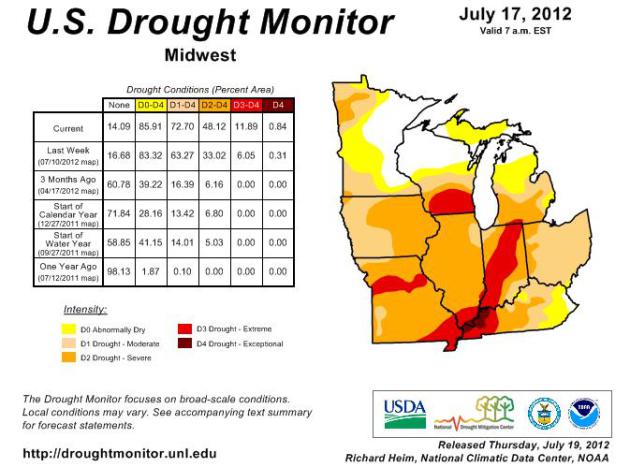
Corn Prices At Record Levels
"The drought, now rated the worst in U.S. history since 1956, has pushed corn prices over the 8$ threshold and soybeans to $17.23 per bushel."
"The
worst drought in a half century will continue to plague most of the
U.S. Midwest crop region for at least the next 10 days, with only
occasional showers providing some relief mainly in the east, an
agricultural meteorologist said on Thursday.
"An
underdeveloped ear of corn lays amongst corn plants damaged by extreme
heat and drought conditions in a field in Carmi, Illinois. The worst
Midwest drought since 1988 is baking farms from Arkansas to Ohio and
boosting the cost of corn used in food for people and livestock at a
time when consumers are already paying the most ever for meat.
Photographer: Daniel Acker/Bloomberg"
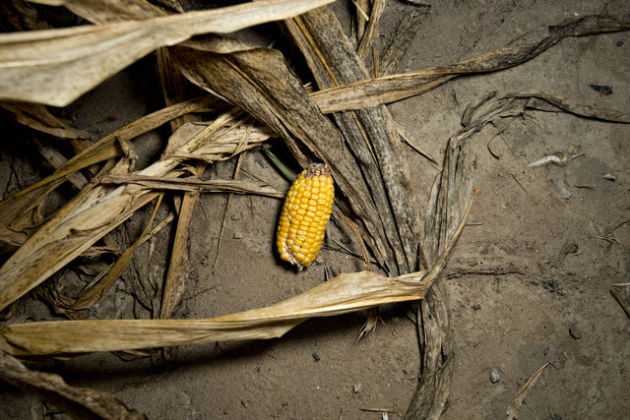
Heat Continues This Weekend
Look
at the high temperature map for Saturday... WHEW! More 90s and 100s,
some may even be at record levels in the central part of the country...
When will it end!
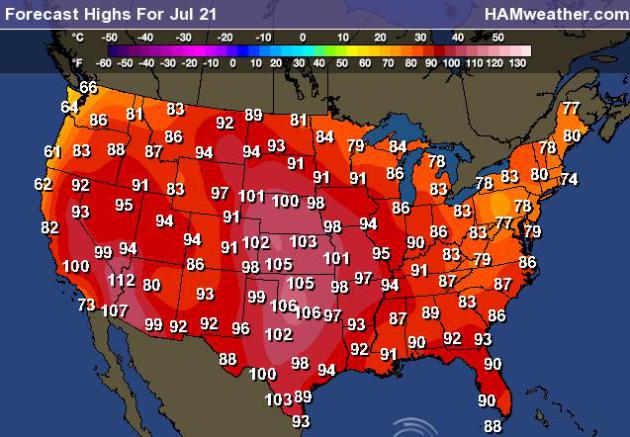
Heat Continues Through July
NOAA's
Climate Prediction Center has a high probability of the above average
temperatures continuing through the end of the month. The 6-10 day
temperature outlook shows a 60% chance of above average temperature
during that time frame centered over Kansas City & St. Louis, MO.

National Severe Weather Threat Saturday
The
Storm Prediction Center has issued a SLIGHT RISK of severe weather for
parts of the Lower Mississippi Valley, but there will be areas of
convection in the green shaded areas, which could tip severe limits as
well. 1" diameter hail and 58mph wind gusts are considered to be
'severe'

Weekend Precipitation
NOAA's
HPC shows areas of precipitation over the weekend from the Desert
Southwest to the Great Lakes and another swath of heavier rain from the
Lower Mississippi Valley to the Mid-Atlantic State. These areas of
precipitation will come in the form of showers and thunderstorms all
rotating in a clockwise fashion around the bubble of heat in the central
part of the country.

Thanks for checking in, have a great weekend!
Don't forget to follow me on Twitter @TNelsonWNTV
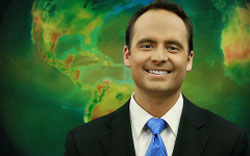
Bought Rolling Stone and reading Bill McKibben's article. I really appreciate his sense of urgency and is the best in the game in diagnosing the problems with climate change and our warming planet.
ReplyDeleteHowever, I will honestly say, while I like what Bill has to say about the problems with our planet, I am not too crazy about some of his hyper uber local solutions he writes about in his 2010 book, Eaarth. It is a lot more complicated than what he suggests to have everything local. Renewable energy costs have plummeted in the past 15-20 years, thanks to information technology and a more globalized economy. Society needs this to see a more rapid deployment of cleaner energies to everywhere, including poorer countries.
I hope given the extremely wonky weather this summer there is a real discussion in the US about climate change. I just hope it does not go off the map after this summer.
I am honestly more concerned about northern states in the US and my home country of Canada, with the relationship between climate change and winter. Increased chances of heavy rainstorms in winter/early spring months in states like Minnesota or Canadian provinces like Manitoba don't sit well with me.
Thanks,
Adam M Johnston, Winnipeg Manitoba Canada